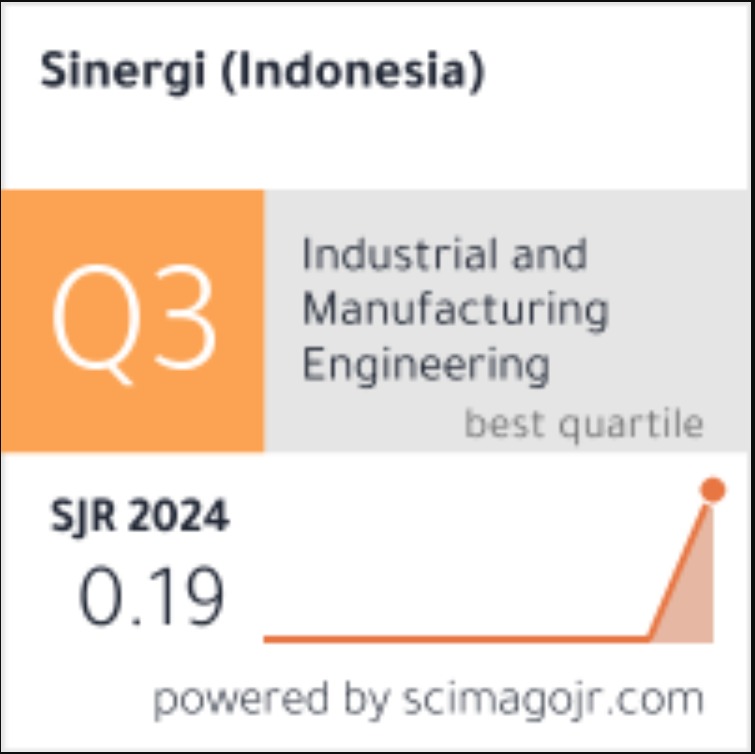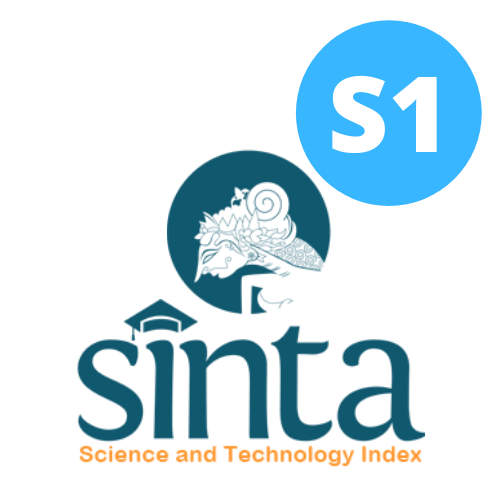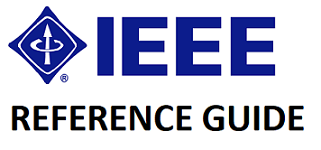Taguchi-based design of experiments to optimize the parameters of Hydrogen-Hydrogen-Oxygen based welding
Abstract
This study discusses the design of a hydrogen-hydrogen-oxygen (HHO) based welding tool, which uses the concept of water electrolysis through a dry cell generator. To determine the optimal design of the HHO dry cell generator, a design experiment was carried out using the Taguchi method by taking into account several parameters, namely the configuration of the electrode plate, the duty cycle Pulse Width Modulation (PWM), the type of catalyst, the electrolyte concentration, and the thickness of the gasket of the electrode plate. Each parameter is varied in 4 levels so that 16 kinds of experiments are obtained with an orthogonal array. In addition, the Combustion temperature data was collected after determining the optimal design. The experimental results show that this HHO-based welding tool is able to produce an average temperature reach of 1063.85 °C.
Keywords
Full Text:
PDFDOI: http://dx.doi.org/10.22441/sinergi.2022.3.010
Refbacks
- There are currently no refbacks.
SINERGI
Published by:
Fakultas Teknik Universitas Mercu Buana
Jl. Raya Meruya Selatan, Kembangan, Jakarta 11650
Tlp./Fax: +62215871335
p-ISSN: 1410-2331
e-ISSN: 2460-1217
Journal URL: http://publikasi.mercubuana.ac.id/index.php/sinergi
Journal DOI: 10.22441/sinergi
Journal by SINERGI is licensed under a Creative Commons Attribution-ShareAlike 4.0 International License
The Journal is Indexed and Journal List Title by:














